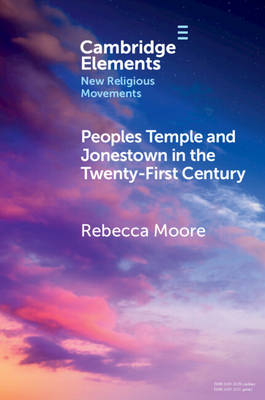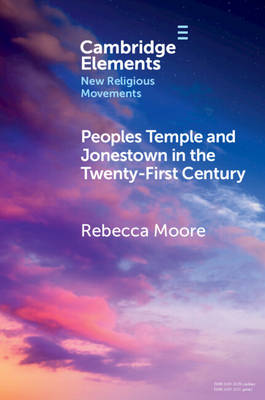
- Afhalen na 1 uur in een winkel met voorraad
- Gratis thuislevering in België vanaf € 30
- Ruim aanbod met 7 miljoen producten
- Afhalen na 1 uur in een winkel met voorraad
- Gratis thuislevering in België vanaf € 30
- Ruim aanbod met 7 miljoen producten
Zoeken
Omschrijving
The new religious movement of Peoples Temple, begun in the 1950s, came to a dramatic end with the mass murders and suicides that occurred in Jonestown, Guyana, in 1978. This analysis presents the historical context for understanding the Temple by focusing on the ways that migrations from Indiana to California and finally to the Cooperative Republic of Guyana shaped the life and thought of Temple members. It closely examines the religious beliefs, political philosophies, and economic commitments held by the group, and it shifts the traditional focus on the leader and founder, Jim Jones, to the individuals who made up the heart and soul of the movement. It also investigates the paradoxical role that race and racism played throughout the life of the Temple. The Element concludes by considering the ways in which Peoples Temple and the tragedy at Jonestown have entered the popular imagination and captured international attention.
Specificaties
Betrokkenen
- Auteur(s):
- Uitgeverij:
Inhoud
- Aantal bladzijden:
- 75
- Taal:
- Engels
- Reeks:
Eigenschappen
- Productcode (EAN):
- 9781009015899
- Verschijningsdatum:
- 11/08/2022
- Uitvoering:
- Paperback
- Formaat:
- Trade paperback (VS)
- Afmetingen:
- 152 mm x 229 mm
- Gewicht:
- 136 g

Alleen bij Standaard Boekhandel
+ 63 punten op je klantenkaart van Standaard Boekhandel
Beoordelingen
We publiceren alleen reviews die voldoen aan de voorwaarden voor reviews. Bekijk onze voorwaarden voor reviews.











